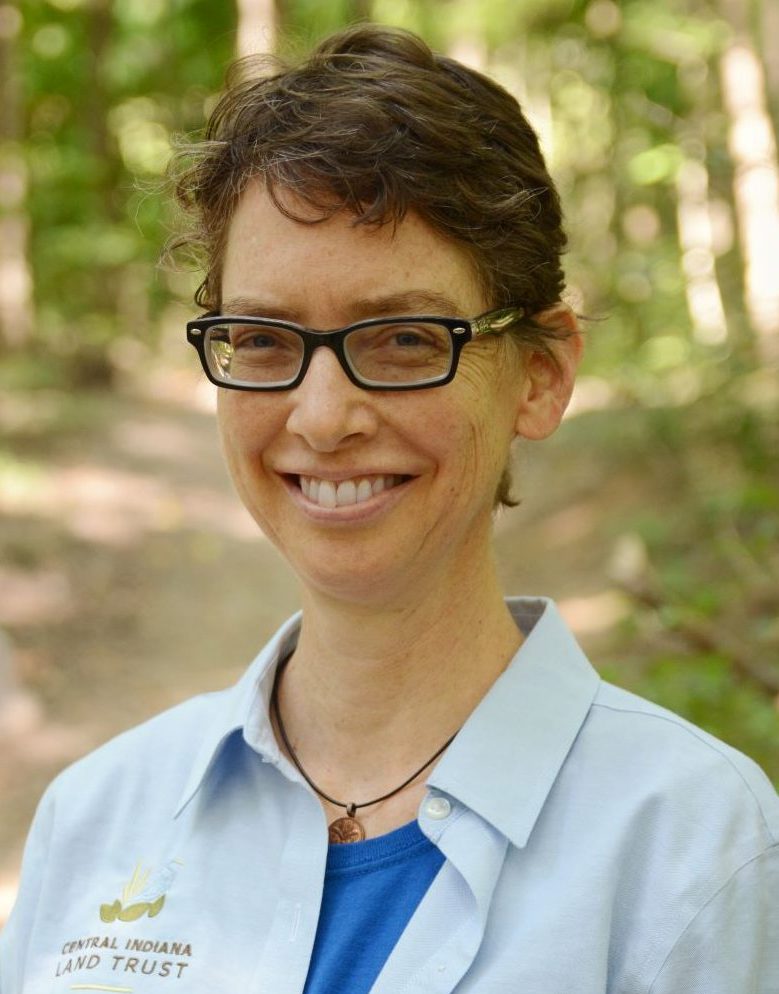Two former wetlands (also known as swamps, bogs, or sloughs) had a significant part in Indianapolis history—serving as key stops on the Underground Railroad.
According to the Untold Indiana history blog, “For several decades, many Hoosier opponents of slavery, primarily Quakers, guided hundreds if not thousands of African American freedom seekers toward Westfield in neighboring Hamilton County. (Westfield was a major Quaker settlement before the Civil War, and other ‘stations’ around Indianapolis focused on getting freedom seekers there.)”
Marion County’s wetlands were nearly impenetrable, so they gave many escaping enslaved people a place to hide. The bounty hunters’ bloodhounds lost the scent in these watery places.
Bacon’s Swamp was a peat bog covering part of the northside Indy neighborhood of Broad Ripple. It is named for an abolitionist couple, Hiram and Mary Bacon. They were Presbyterians who became acquainted with Henry Ward Beecher, brother of the novelist Harriet Beecher Stowe. Beecher served as minister of Second Presbyterian Church in Indianapolis.
Beecher himself often visited Bacon’s Swamp in the 1840s, when it was a remote part of Marion County.
Testifying to Hiram and Mary Bacon’s work on the Underground Railroad, the Indianapolis Star noted in 1931: “The Bacon house stands on the east side of the road [now Keystone Avenue], and the large barn was on the west side. In it was a wheat bin, which could be entered only from outside by a ladder. It was usually concealed by piles of hay. Here and in the bin in the cider house, the fugitives were hidden and conveyed after dark to the next depot.”
The peat bog across from the Bacon dairy farm served as a nighttime hiding place for arriving freedom seekers.
Another wetland, Fletcher’s Swamp, took up about two hundred acres just east of the Old North Side (where our office is located). In the 1830s, abolitionist Calvin Fletcher, Sr., owned a 1,600-acre farm in the area.
Fletcher and his family helped many freedom seekers travel north to safety. In 1889, the newspaper ran an eyewitness account of Fletcher riding on horseback into the swamp to provide food for an African American man.
After Emancipation, Fletcher employed many of the formerly enslaved men who came to Indianapolis with their families. The work included clearing the swamp, a task completed by Calvin Fletcher, Jr., in the 1870s. As the Untold History blog puts it: “Thus it shared the fate of thousands of acres of Hoosier wetlands sacrificed to agriculture and turned into conventional cropland.”

Shawndra Miller
Communications Manager